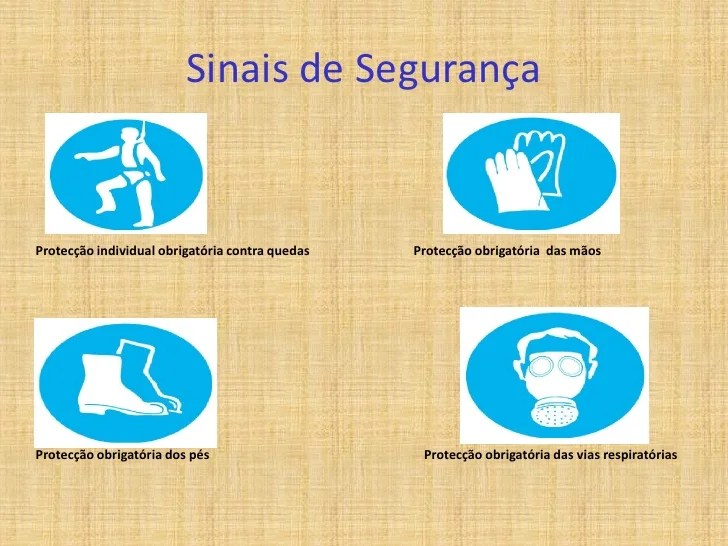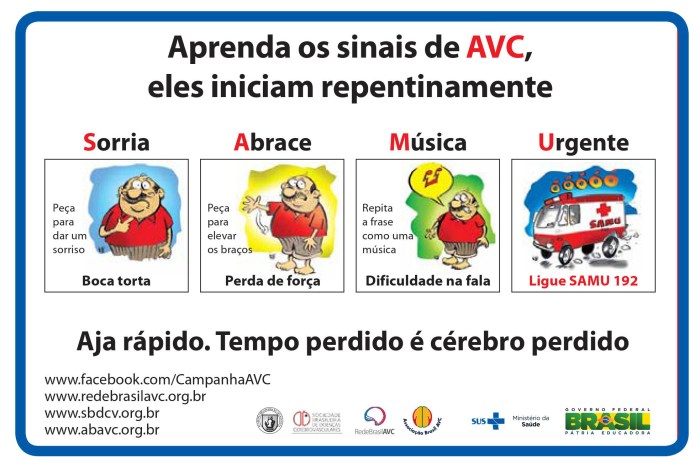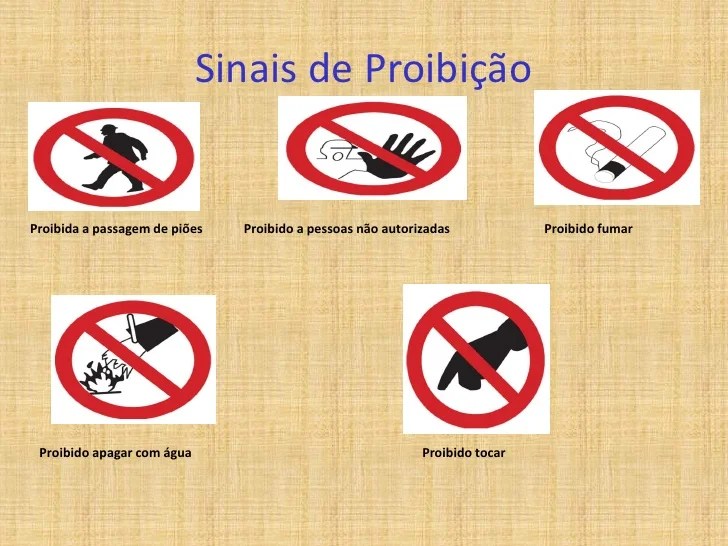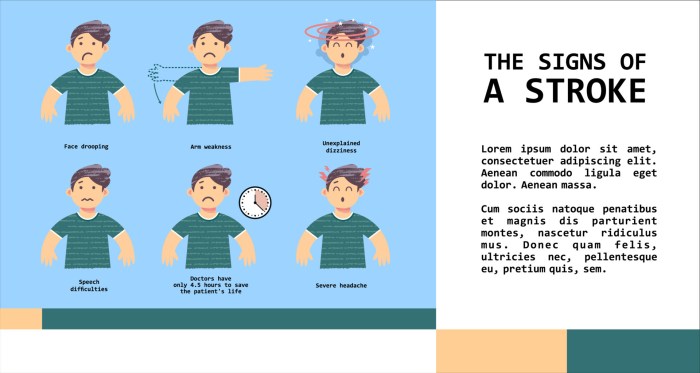sinais de braço no trânsito: the unspoken language of the road, where drivers communicate their intentions through a series of hand gestures. Join us as we delve into the world of hand signals, exploring their types, usage, importance, and more, all while maintaining a conversational yet formal tone.
From indicating turns to signaling lane changes, hand signals play a crucial role in enhancing road safety and preventing accidents. Whether you’re a seasoned driver or a novice behind the wheel, this comprehensive guide will provide you with the knowledge and insights you need to master the art of hand signal communication.
Types of Hand Signals in Traffic

Hand signals are a form of non-verbal communication used by drivers to convey messages to other drivers on the road. These signals can be used to indicate a variety of maneuvers, such as turning, slowing down, or stopping.
Here are some of the most common hand signals used in traffic:
Left Turn Signal
- Extend your left arm out of the window, with your hand pointing straight up.
- This signal indicates that you are planning to make a left turn.
Right Turn Signal
- Extend your right arm out of the window, with your hand pointing straight up.
- This signal indicates that you are planning to make a right turn.
Slow Down Signal
- Extend your left arm out of the window, with your hand pointing downward.
- This signal indicates that you are slowing down or stopping.
Stop Signal, Sinais de braço no trânsito
- Extend your left arm out of the window, with your hand pointing straight out.
- This signal indicates that you are stopping.
Hazard Signal
- Turn on your hazard lights.
- This signal indicates that you are experiencing a hazard, such as a flat tire or a broken down vehicle.
Use of Hand Signals in Different Situations
Hand signals are an essential tool for communicating with other drivers on the road. They can be used to indicate your intentions, such as turning, changing lanes, stopping, or backing up. Using hand signals correctly can help to prevent accidents and ensure that everyone on the road is safe.
- Turning:When you are turning, extend your left arm out of the window and point in the direction you are turning. If you are turning left, make a fist with your left hand. If you are turning right, extend your left arm out to the side and bend your elbow at a 90-degree angle.
- Lane changes:When you are changing lanes, extend your left arm out of the window and point in the direction you are changing lanes. If you are changing lanes to the left, make a fist with your left hand. If you are changing lanes to the right, extend your left arm out to the side and bend your elbow at a 90-degree angle.
- Stopping:When you are stopping, extend your left arm out of the window and bend your elbow at a 90-degree angle.
- Backing up:When you are backing up, extend your left arm out of the window and make a fist with your left hand.
Importance of Hand Signals in Road Safety

Hand signals are an essential part of road safety, as they enhance communication between drivers and pedestrians. By using hand signals, drivers can clearly indicate their intentions to other road users, which helps prevent accidents and creates a safer environment for everyone.
One of the most important benefits of hand signals is that they improve communication. When drivers use hand signals, they are able to communicate their intentions clearly and unambiguously. This is especially important in situations where verbal communication is difficult or impossible, such as when there is a lot of noise or when drivers are far apart.
By using hand signals, drivers can ensure that their intentions are understood, which helps prevent accidents.
Preventing Accidents
Hand signals also play a vital role in preventing accidents. By using hand signals, drivers can alert other road users to their presence and intentions, which gives other drivers time to react and avoid collisions. For example, when a driver uses a turn signal, they are indicating their intention to turn, which gives other drivers time to slow down or change lanes.
Similarly, when a driver uses a stop signal, they are indicating their intention to stop, which gives other drivers time to stop behind them. By using hand signals, drivers can help prevent accidents by giving other road users the information they need to make safe decisions.
Regional Variations in Hand Signals

Hand signals used in traffic can vary across different countries and states due to cultural and historical factors. These variations may lead to confusion and misunderstandings among drivers and pedestrians.
One reason for regional variations is the influence of local driving practices and regulations. For example, in some countries, drivers are required to use hand signals when making turns or changing lanes, while in others, it is not mandatory.
Implications of Regional Variations
The implications of regional variations in hand signals can be significant, especially for drivers and pedestrians who are not familiar with the local practices. For instance, a driver who is accustomed to using a certain hand signal in one country may not be aware that it has a different meaning in another country, leading to potential misunderstandings or accidents.
Historical Evolution of Hand Signals

Hand signals have been used for centuries as a means of communication in various contexts, including traffic management. Their origins can be traced back to ancient times, where they were employed by military commanders to direct troops on the battlefield.
In the early days of motoring, hand signals were the primary method of communication between drivers. As vehicles became more common and traffic increased, the need for a standardized set of hand signals became apparent.
Compreender os sinais de braço no trânsito é essencial para uma condução segura. Se você estiver procurando um recurso abrangente para aprender sobre as ciências da Terra, recomendo o BJU Earth Science 5th Edition . Além de fornecer informações detalhadas sobre sinais de braço no trânsito, este livro também cobre uma ampla gama de tópicos relacionados à ciência da Terra, tornando-o um recurso valioso para motoristas e estudantes.
Technological Advancements
The development of technology has had a significant impact on the use of hand signals in traffic. The introduction of turn signals and brake lights in the early 20th century reduced the reliance on hand signals for indicating turns and stops.
However, hand signals remain an important backup communication method in situations where electronic signals are not visible or malfunctioning. They are also essential for non-motorized road users, such as cyclists and pedestrians, to communicate their intentions to other road users.
Cultural Differences in Hand Signals

Cultural differences can significantly impact the interpretation of hand signals in traffic. Hand gestures that convey specific meanings in one culture may have entirely different or even offensive meanings in another.
Regional Variations
- In some countries, extending the thumb out of a car window is a friendly gesture, while in others, it is considered rude.
- The “OK” sign, formed by connecting the thumb and forefinger into a circle, is a positive symbol in most Western cultures, but it can be offensive in Brazil and Turkey.
- The “V” sign, made by raising the index and middle fingers, is a symbol of victory in many countries, but it can be seen as an insult in the UK.
Educational Programs for Hand Signals: Sinais De Braço No Trânsito
Educating drivers about hand signals is crucial to enhance road safety and promote efficient communication on the road. Understanding and using proper hand signals helps prevent accidents, reduces confusion, and facilitates smooth traffic flow.Various educational programs and initiatives have been implemented to promote proper hand signal usage.
These programs often target new and experienced drivers, as well as pedestrians and cyclists. They may include:
Classroom Instruction
Classroom instruction is an effective way to teach hand signals. It provides a structured environment for learners to understand the meaning and proper execution of each signal. Instructors can use visual aids, demonstrations, and interactive exercises to enhance comprehension.
Enforcement of Hand Signal Laws
Failing to use hand signals in traffic is a traffic violation that can result in legal consequences. Laws governing hand signals vary by jurisdiction, but generally, drivers are required to use them when turning, changing lanes, or stopping.
Penalties for Failing to Use Hand Signals
Penalties for failing to use hand signals range from fines to points on the driver’s license. In some cases, it may also be considered a moving violation, which can lead to increased insurance premiums.
- Fines:Fines for failing to use hand signals typically range from $25 to $100, depending on the jurisdiction.
- Points on the License:In some states, failing to use hand signals may result in points being added to the driver’s license. This can lead to a suspended or revoked license if the driver accumulates too many points.
- Moving Violation:In some jurisdictions, failing to use hand signals may be considered a moving violation. This can result in increased insurance premiums, as insurance companies view moving violations as a sign of risky driving behavior.
Future of Hand Signals in Traffic
The future of hand signals in traffic is uncertain, as emerging technologies like autonomous vehicles have the potential to reduce or eliminate the need for them. However, hand signals may still play a role in certain situations, such as when communicating with other drivers or pedestrians, or in areas where autonomous vehicles are not yet prevalent.
Possible Changes or Adaptations to Hand Signals
If hand signals continue to be used in the future, they may undergo some changes or adaptations. For example, they may become more standardized across different regions, or they may be modified to be more visible or easier to understand.
- Standardization:Currently, hand signals can vary from region to region. In the future, there may be a push for greater standardization, making hand signals more universally understood.
- Increased Visibility:To enhance visibility, hand signals may be accompanied by additional visual cues, such as flashing lights or reflective materials.
- Simplified Gestures:To improve comprehension, hand signals may be simplified, using fewer and more intuitive gestures.
Popular Questions
What are the most common hand signals used by drivers?
The most common hand signals include extending the left arm out to indicate a left turn, extending the right arm out to indicate a right turn, and raising the arm vertically to indicate a stop.
When should I use hand signals?
Hand signals should be used whenever you intend to change lanes, turn, or stop, especially when your vehicle’s turn signals are not functioning.
Are hand signals legally required?
In most jurisdictions, hand signals are legally required when signaling a turn or lane change, even if your vehicle has functioning turn signals.